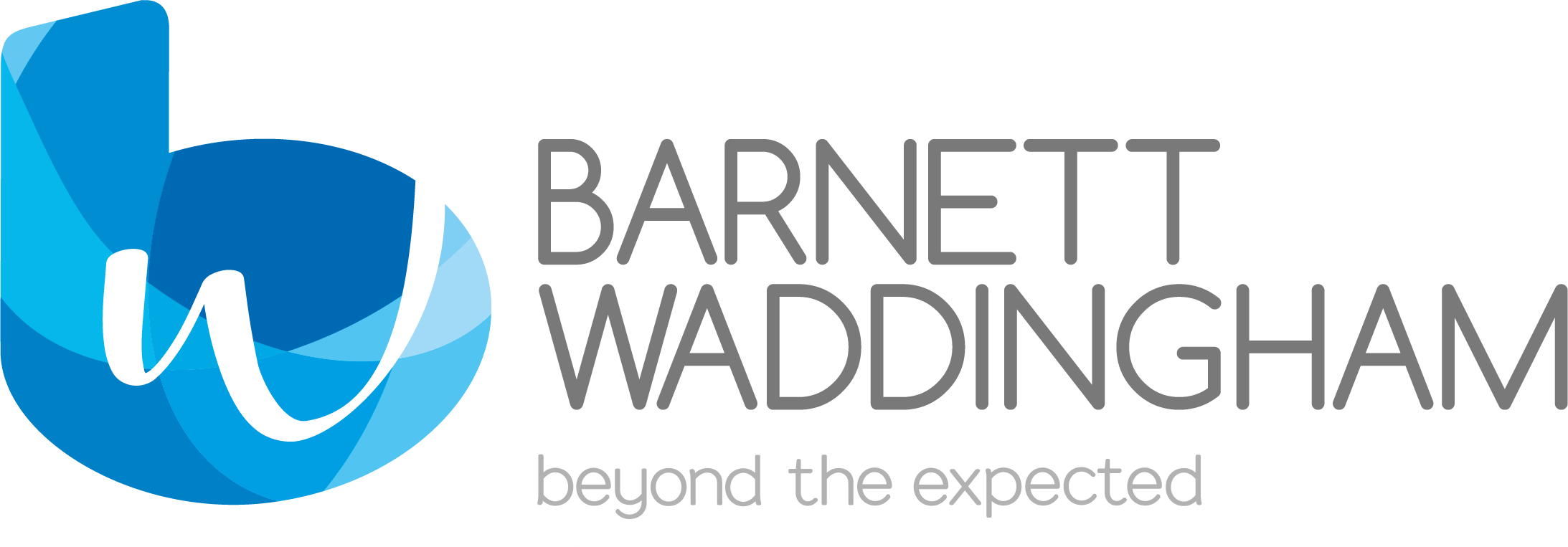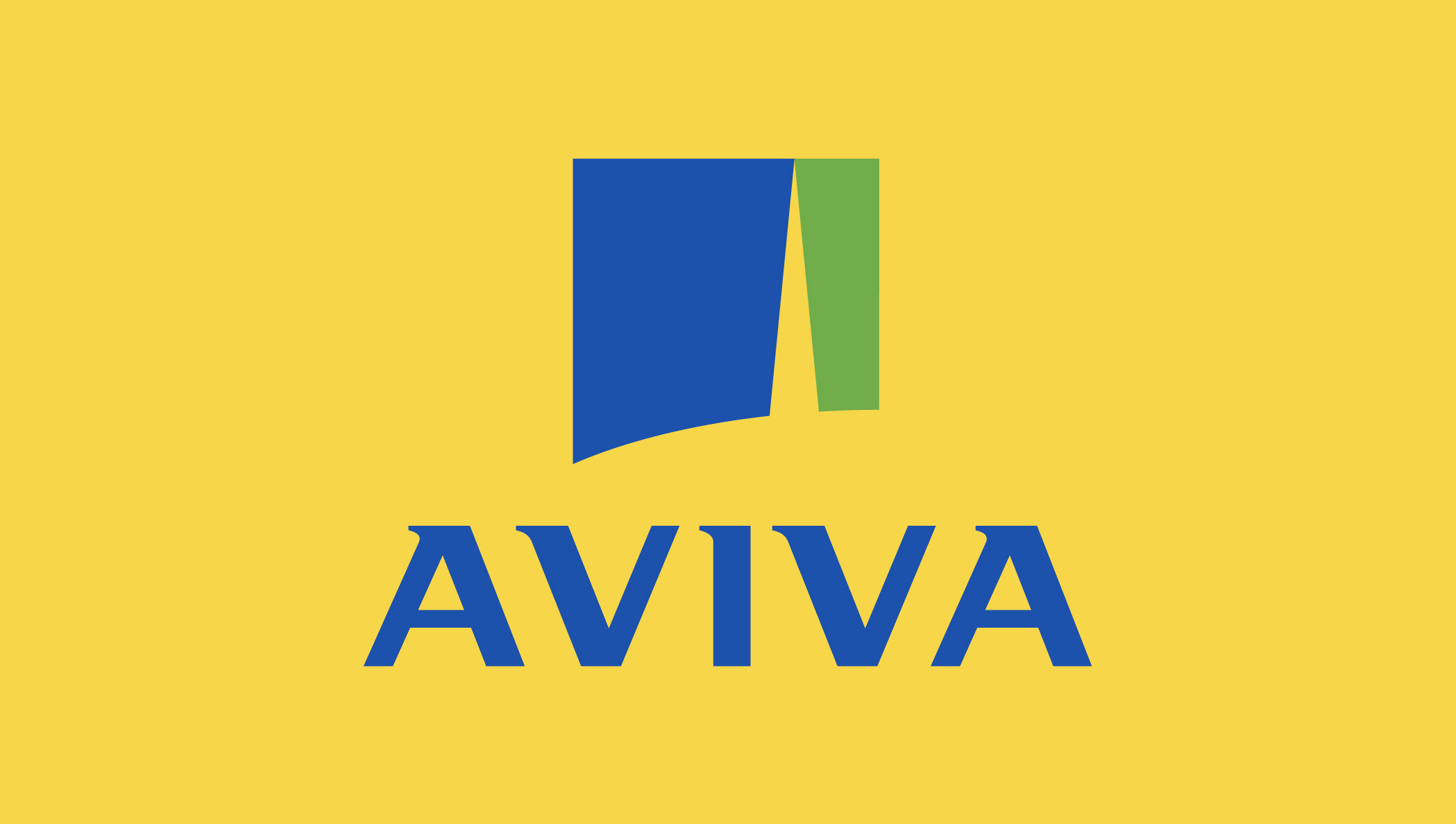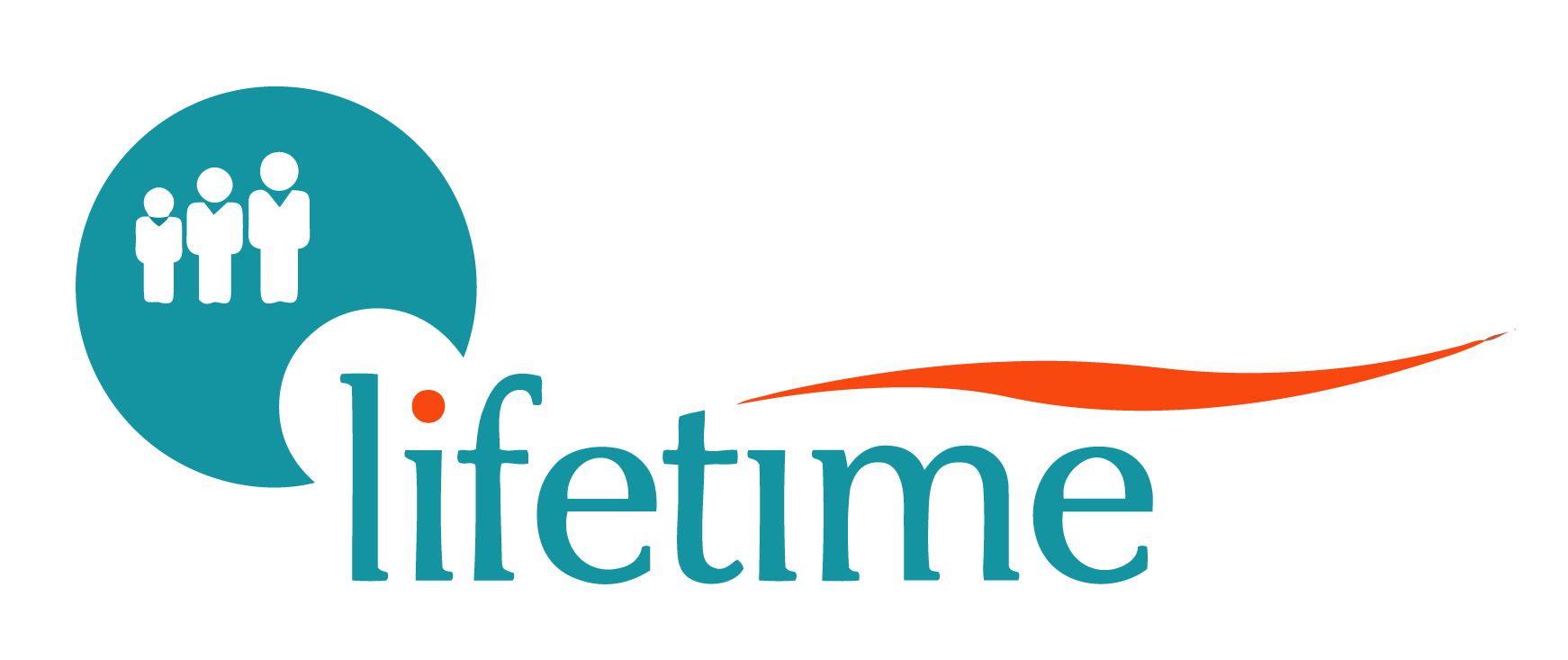Even with this support, however, our recent research with a representative sample of UK employees paints a worrying picture of wellbeing during the pandemic.
Nineteen per cent have contacted, or plan to contact, a mental health charity for help, 23% have asked, or plan to ask, a family or friends for financial support and 17% have used, or plan to start using, a food bank. It should be noted that these are all responses from people who were still in employment.
What do employees expect from their employer?
The HR press is brimming with stories of employers who have been doing a sterling job of proactively helping their employees to cope with the many pandemic related wellbeing challenges. These include virtual coffee mornings, mindfulness sessions, financial wellbeing workshops, free yoga, to name but a few. This is to be praised.
However, the reality is that the majority of employees (six out of every ten) have received little or no communication from their employer about their financial, mental, and physical wellbeing during the Covid-19 pandemic.
Our research shows that employees do expect wellbeing support from their employer. Indeed, for seven in ten employees, their view of potential employers in the future will be directly influenced by the way they handle this pandemic.
It’s not too late to communicate with employees
From conversations with HR professionals at virtual industry events and roundtables, it is clear that they have two big concerns. Firstly, that it is too late and employers should have started communicating with their workforce earlier in lockdown.
Secondly, and more cynically, there is a view that if employers do survey their people, they might uncover something they are unable to address.
On timing, whether your employees are furloughed, working from home or working in a ‘Covid-safe’ workplace, now is the time to be engaging with them. As our research shows, there is a real need - and indeed expectation - of support from employers in this area.
Resources to help employers
There are probably already a raft of resources available. You just need to identify and signpost them to your employees.
These resources include Employee Assistance Programmes (EAPs), discount sites, pension provider financial wellbeing portals, Money and Pension Service COVID-19 resources, virtual GPs and counselling services.
Remember, getting this right could impact your organisation’s bottom line. After all, there is a proven link between improved wellbeing and reduced absenteeism/presenteeism.
Understand how employees are feeling
When it comes to surveys, all the focus is often placed on results. Clearly, results are important and can give a valuable insight into how employees are feeling and coping through the lockdown. However, don’t underestimate the benefit of just asking. This reinforces that you are doing the right thing. Asking and responding shows that you care about your people.
The questions themselves can be also be triggers to encourage behaviours, or to promote existing resources. Just by asking a well worded question, one of our clients recently increased their EAP usage by 38%.
So what happens when furlough ends?
Furloughing has provided many businesses with the breathing space to reevaluate their short, medium and long-term business plans in light of the pandemic. The most optimistic of these liken furloughed employees as substitutes sitting on the bench, poised to restart when their employer blows the whistle.
However, the reality is far from rosy as economic indicators point to a deep recession and a significant drop in Gross Domestic Product (GDP).
Businesses will need to adapt, to change operating models and to reduce costs, in order to be in the strongest possible position to survive these stormy waters. HR professionals will therefore be at the front line, making some really difficult decisions. Sadly, employee numbers will be reduced and some businesses will close.
Supporting employees in different ways
Within the furlough bubble, there are real concerns about the mental, physical and financial wellbeing of employees. As we move away from the relative safety of this bubble, it is fundamental that employers dedicate resources to looking after the wellbeing of employees.
It’s not just about the logistics, social distancing and the physical environment. It’s also about providing an open, safe and supportive workplace. There will be mixed feelings amongst employees about coming back to work. Some may be excited and looking forward to it, while others may be angry that they are being forced back into work too quickly.
Remember, the views of employees will be directly influenced by the way their employers handle the pandemic.
Lessons from the past
There are lessons that can be learnt from the oil and gas industry’s experience during the 2010 oil price crash. Oil prices fell from highs of around $125 a barrel in 2012 to just under $30 in early 2016. From these dark days we can learn some valuable lessons.
Firstly, it is important to look after all your people – both those who are leaving and those who are left behind. The best examples are those employers who communicated regularly and deliberately to both groups based upon an open and supportive approach.
Simple measures can have a big impact. One example is helping with benefit continuation options. You need to remember that, as well as losing their income, these people are also losing the safety net of life assurance, critical illness, medical insurance and the like.
Another lesson is that you can find cost savings in places you never expected. By undertaking a strategic benefit review, it’s often possible to remove cost and increase the perceived value of your benefits.
This includes the promotion of salary sacrifice benefits to increase employer NI savings, redesigning benefits to remove cost without disenfranchising employees, and introducing annual leave purchase and sabbaticals to help reduce salary costs.
The savings can be increased further by openly communicating how these measures are being introduced to lower costs (and avoid other less palatable alternatives).
A final thought
By integrating wellbeing into your business strategy, you can help to ensure that your employees are feeling engaged, supported and ready to perform at their very best.
As we enter more stormy waters, it is important to remember that your business may be judged on your actions during this pandemic for many years to come.
For more information about our research with UK employees, visit our web page.
To speak to David Collington, employer consulting, about any of the topics discussed in this article, please call 0141 447 0742 or email david.collington@barnett-waddingham.co.uk
















